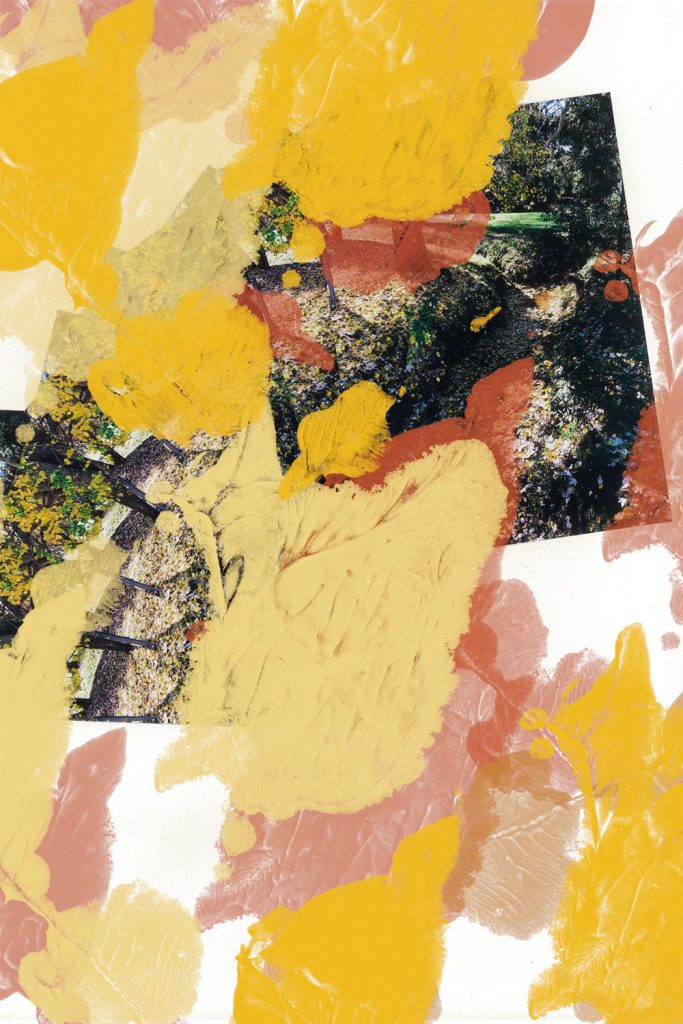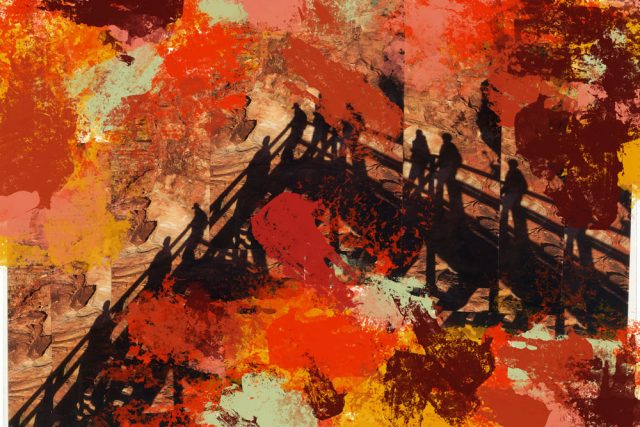Photography to you means: Photography is my only means of communication, to others and to myself.
When I frame the image: It is the same as when I open my eyes.
A camera is: The most honest being, it has never failed me.
My name is Hagan Nguyen and I am an emerging fine artist specialising in photography. I am currently working between Vietnam and Australia. In 2o16 I moved to Melbourne to attend a Bachelor degree in Creative Arts.
During the year I was living here, I was influenced by the diversity of the multicultural city which is also an inspirational material to develop my works. My practice mainly focuses on alternative photography such as Xerox Art, Photogram and Overpainted Photography.
Previously, I chose Film and Television as my major with a dream to become a director. If moving images can tell a story with different elements i.e time and space expansion, vision and sound, then how photography with just only one still image can truthfully express itself. That is when I was totally awakened by the power of visual language.
My very first camera was a Pentax 35mm camera which also taught me a lesson that artwork always comes from the vision of the artist.
People are always surprised at how #patient I am even though I do not seem so.
I am and will always be #independent for my whole life.
I am #pessimistic, #introvert and fortunately very #curious.
My latest work is a research-based practice of overpainted photography which employs photography to incorporate and explore the visual effects of painting. The body of the work is inspired by the photographic method in the 19th century called overpainted photography.
In times past, hand-coloured photography was used to create a sense of realism for monochrome images, yet in the context of contemporary art, the act of adding more colours to realistic photographs would make them more abstract. The combination of these mediums blurs the boundaries between reality and fantasy, importance and insignificant as well as photography and painting. This suggests the feeling of “lost in transition” and requires audiences to understand the work in a different way.
If a musician can write a song to talk about his love story and an author can write down his thoughts on a piece of paper, my feelings can only be listened to through visual artwork. With the urge to share what I have experienced, I used layers and colours to describe the infinite sadness of sunset in Glenelg or the healing warmth of autumn in Kurrangat Park. This is a way for me to be honest with myself.
The research-based practice of “Overpainted Photography” was first started in my third year of university. I have been assigned an experiment project in which I had to develop a final work without any expectation for the outcome. My work back then was a series of monochrome photographs of the suburban landscape in Melbourne city centre added with an acrylic-painted-plastic layer.
Inspired by the previous work, I once again applied this method with an aim to release my feeling and my emotion instead. It has never been easy to find the right paint for the project. Whilst I applied acrylic paint directly on a plastic layer before, I have tried digital painting for the current work which would give me more confidence and self-control. The original photographs were all taken around Australia when I travelled across this country. I was so grateful to have an opportunity to be in front of these landscapes within my short 5-year living there.
The work entitled “Overpainted Photography” is an #experimental project. It might be described as #colourful or even #chaotic but I also find #peace and #harmony while looking into it.
I fell in love with photography because of its limitless ability as well as its limit.
Photography has always been trying to find its position in the context of contemporary art which should be explored in order to go beyond the boundary. One of the artists that has done an amazing job to bring photography into a next level is Michelle Le Belhomme.
By constructing 2D photographs in a visual arrangement to how it would appear in reality, Le Belhomme has brought photography beyond its limit to create artistic expression.
I will always see myself keep experimenting in the future. It would be fortunate of mine if I still can dedicate all of the time I have left to study art and create art.
Self-recognition is always important to everyone, especially for artists because we have to recognise ourselves before we can reveal ourselves to others. By being aware of ourselves, artists can have a direct dialogue between themselves and their artworks, and also come to learn which role do their works come to play in the context of contemporary art.
Writing artist statements has always been my hardest assignment. As a person who is never so great at writing, I use visual language instead. Yet, making art and putting those into words are equally important; that an artist statement should be recognised as a separate piece of art itself.

More artworks on display in Issue No.5 (Coming soon)









